Sanctified Minds and Sacred Presence: The Healing Legacy of Mampuram Thangal in Sufi Approaches to Mental Illness
Abstract
This essay examines the role of Mampuram Sayyid Alawi Thangal, a 19th-century Sufi scholar and spiritual leader, as a healing figure within the Sufi tradition, particularly in addressing mental and emotional distress. Drawing on lived experiences, local narratives, and classical Sufi understandings of the self and healing, it highlights how the presence of the waliyy operates as a therapeutic medium for those afflicted with psychological suffering. Integrating insights from Imām al-Ghazālī, Abū Ṭālib al-Makkī, and relevant ḥadīth, the study presents Sufi healing not as superstition, but as a theologically grounded and spiritually coherent framework of holistic care. Through the example of Mampuram Thangal and the sacred space of his shrine, the essay argues for a renewed appreciation of sacred presence, spiritual trust, and divine proximity as essential components of what may be termed “sacred psychology.”
Introduction
In many cultures, healing is not solely the domain of medicine, but also of presence that touches the heart, calms the mind and realigns the soul. Within Islamic traditions, and especially in Sufi contexts, this presence is often embodied in the figure of the waliyy (saint), whose closeness to the Divine is believed to carry the power to soothe, guide, and transform. The healing role of the waliyy extends beyond physical ailments into the realm of psychological and emotional suffering. Mental illness understood broadly as inner turmoil, distress, anxiety, or despair, has historically been addressed in Sufi spaces not through pathologisation, but through spiritual companionship, sacred encounter, and the reorientation of the self towards God.
I recall a personal encounter that vividly illustrates this dimension. About seven years ago, while volunteering during the annual commemorative programme at the shrine (maqām) of Mampuram Thangal, I was standing near the newly built bridge when a man approached me and began a conversation. He was not a Muslim, yet his face bore the marks of emotional distress. When I gently asked why he seemed troubled, he confided: “I am burdened with debts, and I have not been able to find a job.” I then asked why he had come to Mampuram. His response has remained with me ever since: “Whenever I feel overwhelmed, I come here. I pour out all my problems to Mampuram Thangal. And somehow, within one or two weeks, things begin to change. I get what I need. I feel at peace.”
This brief but profound exchange revealed a truth often overlooked in modern clinical discourse: the healing presence of a saint, whether physically alive or spiritually enduring, can serve as a powerful therapeutic force. The waliyy becomes not merely a figure of reverence, but a sanctuary of hope, a listener of burdens, and a mirror through which the sufferer begins to find meaning in pain.
This essay explores the healing legacy of Mampuram Thangal within the broader framework of Sufi approaches to mental illness, examining how his life, presence, and spiritual authority offer relief to those seeking restoration, not only of the body but of the soul.
The Sufi Framework of Healing
Sufism, the inner dimension of Islam, views the human being as an integrated whole—nafs (ego-self), qalb (heart), ʿaql (intellect), and rūḥ (spirit)—and regards illness, whether physical or psychological, as the result of an imbalance within this holistic structure. The Qurʾān and Sunnah affirm that all healing comes ultimately from Allah, while also recognising the asbāb (means) through which divine healing is conveyed. Among these means are the prayers, blessings, and companionship of the righteous (awliyāʾ Allāh).
The Qurʾān describes the awliyāʾ as those who are close to Allah, upon whom there is “no fear” and “no grief”:
أَلَا إِنَّ أَوْلِيَاءَ اللَّهِ لَا خَوْفٌ عَلَيْهِمْ وَلَا هُمْ يَحْزَنُونَ
“Indeed, the friends of Allah—there will be no fear concerning them, nor will they grieve.” (Qurʾān 10:62)
This spiritual state of freedom from fear and grief reflects an inner tranquillity that often radiates to those around them. Being in their company (ṣuḥbah) becomes a source of spiritual reassurance and emotional stability. The Qurʾān further commands believers to “be with the truthful” (Qurʾān 9:119), which classical commentators such as al-Ṭabarī and al-Qurṭubī interpret as keeping close to those steadfast in truth and piety, so that one may benefit from their purification and guidance.
The Prophet ﷺ also emphasised the therapeutic value of a righteous person’s presence and prayer. He said:
إِذَا دَخَلْتُمْ عَلَى الْمَرِيضِ فَنَفِّسُوا لَهُ فِي الأَجَلِ
“When you visit the sick, give them hope of life.” (Sunan Ibn Mājah, 1438)
He likewise permitted ruqyah (spiritual healing) using Qurʾānic verses and prescribed supplications:
لَا بَأْسَ بِالرُّقَى مَا لَمْ تَكُنْ شِرْكًا
“There is nothing wrong with ruqyah as long as there is no shirk in it.” (Ṣaḥīḥ Muslim, 2200)
Many classical scholars noted that the awliyāʾ are among the most effective intercessors in such supplications due to their purity of heart and closeness to Allah. Imām al-Nawawī, in his commentary on Ṣaḥīḥ Muslim, explains that the duʿāʾ of the righteous is a means through which Allah’s mercy descends upon the afflicted.
Within Islamic psychology, companionship with spiritually sound individuals is recognised as a remedy for spiritual and emotional ailments. Imām al-Ghazālī, in Iḥyāʾ ʿUlūm al-Dīn, emphasises that the company of the righteous transmits hope, corrects one’s inner focus, and softens the heart. Abū Ṭālib al-Makkī, in Qūt al-Qulūb, likens being near such people to “salting the heart so it will not decay.”
Thus, the Sufi approach to healing, particularly within Malayali Islamic culture, derives legitimacy not only from local tradition, but also from the Qurʾān, the Sunnah, and the consensus of classical scholarship. It views the waliyy as a mirror of divine mercy, whose companionship, blessings, and supplications can serve as a profound source of psychological and spiritual restoration.
Mampuram Thangal as a Healer
Mampuram Thangal, a revered 19th-century scholar, spiritual guide, and anti-colonial leader, remains a towering figure in the religious and cultural memory of South India. While his political leadership and resistance to colonial oppression have received considerable scholarly attention, his role as a spiritual healer is equally significant, though often underexplored in academic literature. The shrine at Mampuram has been and remains a spiritual sanctuary where people from all walks of life, including non-Muslims, seek barakah (blessings) and inner peace.
Traditions and oral histories surrounding Mampuram Thangal testify to his legacy to console, advise, and heal those suffering from psychological or emotional distress. His followers regard him as a continuing presence, one whose spiritual light (nūr) radiates from his maqām. Accounts of people finding relief from despair, clarity in confusion, or calm amid anxiety, whether through visiting his shrine or invoking his name, are numerous and enduring.
Dr. Moyin Malayamma, in his comprehensive biography Mampuram Thangal: Jeevitham Athmeeyatha Porattam, records many such incidents. He notes that when visitors brought gravely ill individuals, often after conventional treatments had failed, Thangal would quietly recite Qurʾānic verses, perform nafkha (lightly blowing onto water or the patient), and instruct them to drink the blessed water (p. 38).
One account describes a group of fishermen caught in a sudden storm off the Malabar coast. In panic, one of them remembered a taʿwīdh (amulet) Thangal had given him and invoked his name. The winds subsided enough for them to return safely to shore, a deliverance they attributed to Thangal’s spiritual protection.
Another notable incident involves one of Thangal’s close non-Muslim companions who suffered from epilepsy. Despite repeated medical treatments, no cure was found. In desperation, he began to call upon Thangal and ask for his help constantly. Shortly thereafter, Thangal sent him a small portion of bananas. Upon eating them, his illness was cured. When the man later recounted to Thangal his persistent calls for help, Thangal smiled and said: “Yes, you wouldn’t even allow me to sleep in peace!” (Mampuram Thangal: Jeevitham Athmeeyatha Porattam, p. 185).
Malayamma also records that a group of villagers once sought Thangal’s help during an outbreak of a contagious epidemic. Thangal prayed, and the illness subsided. Many came to his blessed presence seeking treatment for various ailments, and history preserves accounts that, with a single prayer from such saints, Allah removed sickness (Mampuram Thangal, p. 186).
One particularly striking incident occurred during an outbreak of smallpox and another epidemic in the community. Many had died, and even Thangal’s family feared the disease might strike their household. Thangal calmly reassured them: “Do not be afraid. Just bring me a river fish.” He ate the fish, after which smallpox symptoms appeared briefly on his own body. Within three hours, they vanished completely and, remarkably, the smallpox in the entire village disappeared (Mampuram Thangal, p. 186).
These accounts, preserved in local memory and Malayamma’s biography, demonstrate Thangal’s role as a healer, not primarily through conventional medicine, but as a spiritual intercessor whose connection to Allah was believed to bring both individual and communal restoration. In Sufi thought, such phenomena are not unusual: the waliyy is not merely a religious authority, but a vessel of divine compassion. His body, voice, and presence serve as active means through which healing flows. For many experiencing mental unrest, especially those excluded or marginalised by formal medical systems, the waliyy becomes both spiritual intercessor and therapeutic companion.
Healing Through Sacred Space and Trust
Modern psychiatry, for all its scientific advances, often lacks the spiritual vocabulary needed to address existential distress or culturally grounded forms of suffering. In contrast, shrines such as that of Mampuram Thangal offer sacred spaces imbued with meaning, memory, and communal trust. These are spaces where the afflicted are not regarded merely as pathological cases, but as souls in need of divine nearness.
The man I met at the bridge did not express any desire for medication or formal therapy. What he sought and found was the reassurance that someone sacred was listening to him, that his suffering was not meaningless, and that transformation remained possible. This sense of sacred proximity, even when mediated through silence and memory, is a powerful dimension of Sufi healing.
The healing efficacy of Sufi saints like Mampuram Thangal is deeply rooted in the classical Islamic conception of the soul, the body, and the Divine. The Prophet Muhammad ﷺ affirmed the spiritual dimensions of healing when he said:
تَدَاوَوْا فَإِنَّ اللَّهَ لَمْ يَضَعْ دَاءً إِلَّا وَضَعَ لَهُ دَوَاءً
“Make use of medical treatment, for Allah has not made a disease without appointing a remedy for it.” (Ṣaḥīḥ al-Bukhārī, 5678)
This ḥadīth affirms that healing is part of divine providence, and within the Sufi tradition, the presence of the waliyy is often understood as a divinely appointed means for such remedies, not only for physical ailments, but for the illnesses of the heart and soul.
Imām Abū Ḥāmid al-Ghazālī, one of Islam’s foremost theologians and a central figure in integrating Sufism into mainstream scholarship, stressed the necessity of purifying the inner self (nafs) as part of the healing process. In Iḥyāʾ ʿUlūm al-Dīn, he writes:
“The diseases of the heart are more harmful than the diseases of the body, for the bodily disease ends with death, but the disease of the heart lasts for eternity.” (Iḥyāʾ ʿUlūm al-Dīn, 21/2)
From this perspective, psychological suffering is not a shameful defect but a spiritual condition inviting inward realignment. Healing thus becomes a sacred process—an essential stage in the soul’s journey back to Allah.
Similarly, Abū Ṭālib al-Makkī, in Qūt al-Qulūb, underscores the value of companionship with the righteous (ṣuḥbah al-ṣāliḥīn) as a source of spiritual and emotional restoration:
“If the heart is in the company of the people of remembrance (dhikr), it will not die. But if it remains alone, it will rot, just as meat rots without salt.”
This metaphor mirrors what many experience in the presence of Sufi saints like Mampuram Thangal—an inner awakening, a preservation of hope, and a revival of spiritual life through remembrance, presence, and blessing.
Even the duʿāʾ of the Prophet ﷺ reflects this holistic understanding of psychological well-being:
“O Allah, I seek refuge in You from anxiety and grief, from incapacity and laziness, from cowardice and miserliness, from the burden of debts, and from being overpowered by men.” (Ṣaḥīḥ al-Bukhārī, 6369)
This comprehensive prayer addresses the core elements of emotional and social distress, worry, helplessness, and isolation, and demonstrates that the Prophetic model of healing encompasses spiritual, emotional, and communal awareness. In this light, the experiences surrounding Mampuram Thangal’s shrine should not be dismissed as mere folklore, but instead recognised as embodied expressions of a classical Islamic framework of healing, mediated through the living memory of the righteous.
Pilgrims to Mampuram often report an uplift in their emotional state after engaging in acts of devotion, whether through prayer, supplication, or simply sitting in stillness near the maqām. The sounds of the adhān, the fragrance of incense, and the sight of a steady flow of visitors create a multi-sensory environment in which healing occurs not in isolation, but through communal reverence and embodied remembrance.
Conclusion
The healing legacy of Sayyid Alawi Mampuram Thangal underscores the enduring relevance of Sufi approaches to mental illness in the modern age. In a world that increasingly medicalises human suffering, the Sufi tradition offers a vital reminder: true healing must embrace the unseen dimensions of the soul: hope, connection, presence, and meaning. Mampuram Thangal, like many awliyāʾ, presents a model of care that is both compassionate and spiritually anchored, serving as a sanctuary for those seeking not only relief from pain but the restoration of the self.
His shrine continues to serve as a living repository of this healing heritage, welcoming all, regardless of faith, who come in search of solace and support. In the sacred stillness between a troubled soul and a saintly presence, many experience the first stirrings of recovery. It is a testament to the fact that the waliyy’s presence is not merely remembered in history, but felt in the present, an active, lived source of healing and hope.
About the Author
Mohammed Irshad Hudawi is a Research Scholar in the Comparative Literature programme at the Doha Institute for Graduate Studies, Qatar.
References
- Dr. Moyin, Malayamma, and Mahmood Panangangara. Mampuram Thangal: Jeevitham Athmeeyatha Porattam. ASAS Book Cell, 2014.
- Dr. Moyin, Malayamma. Kerala Muslimkal: History of Early Centuries. Kuwait Kerala Islamic Council, 2018.
- Al-Ghazālī, Abū Ḥāmid. Iḥyāʾ ʿUlūm al-Dīn, Book on Breaking the Two Desires. Translated by T. J. Winter. Cambridge: Islamic Texts Society, 1995.
- Al-Makkī, Abū Ṭālib. Qūt al-Qulūb fī Muʿāmalat al-Maḥbūb wa Waṣf Ṭarīq al-Murīd ilā al-Maqṣūd. Beirut: Dār Ṣādir, 2000.
- Ernst, Carl W. The Shambhala Guide to Sufism. Boston: Shambhala Publications, 1997.
- Sviri, Sara. “The Self and Its Transformation in Sufi Thought.” In Classical Persian Sufism: From Its Origins to Rumi, edited by Leonard Lewisohn. Oxford: Oneworld Publications, 1999.
- Moosa, Ibrahim. Ghazali and the Poetics of Imagination. Chapel Hill: University of North Carolina Press, 2005.
- Knysh, Alexander. Islamic Mysticism: A Short History. Leiden: Brill, 2000.
Disclaimer
The views expressed in this article are the author’s own and do not necessarily mirror Islamonweb’s editorial stance.

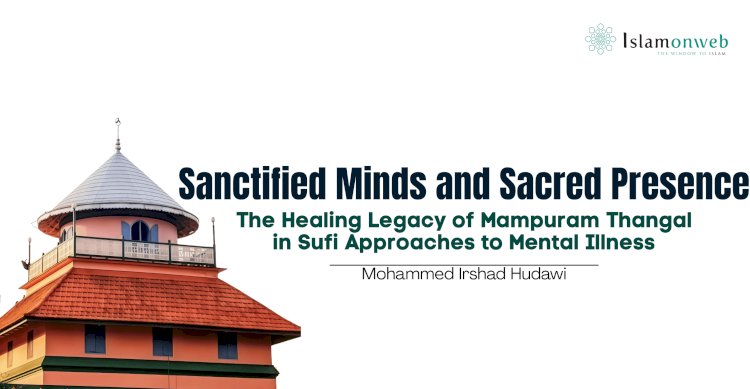


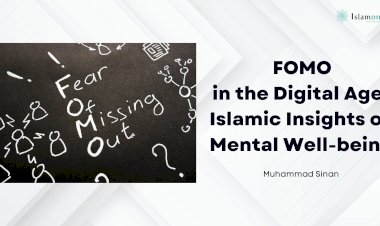
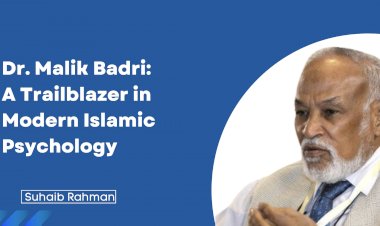
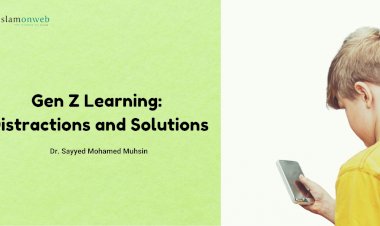
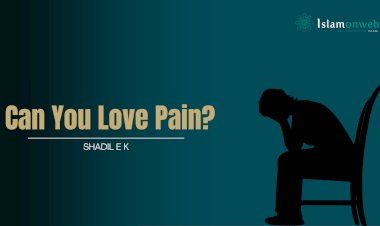
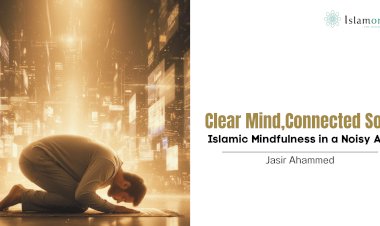
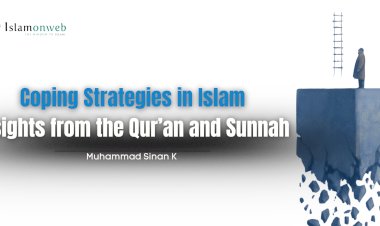










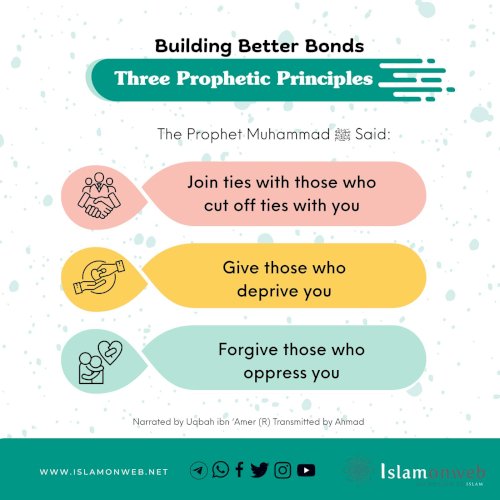

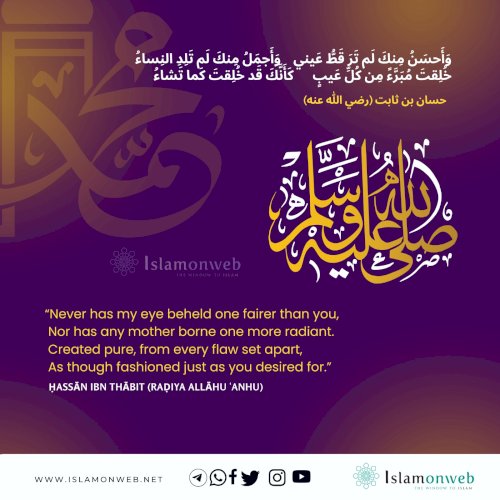

Leave A Comment